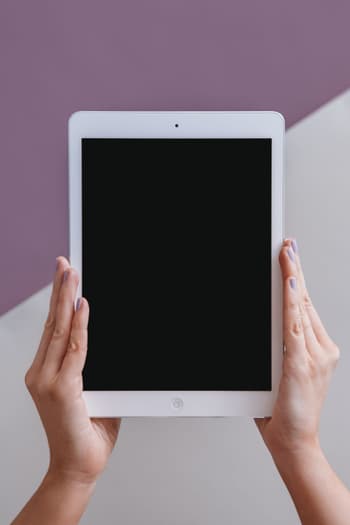Table of Contents
As a developer, protecting the unique software you create is crucial to ensuring your future success. You can protect your software by applying for a standard patent. A patent is an intellectual property (IP) right granting the owner up to 20 years of exclusive use and protection. However, to patent software in Australia, you must meet strict criteria. Due to the strict criteria, prospects of successfully patenting software are not always clear-cut. This article will assist you in determining whether your software is eligible for a patent.
Patent Basics
Patenting software in Australia requires you to meet certain criteria. An invention is patentable if it:
- is a manner of manufacture;
- is novel;
- involves an inventive step;
- is useful; and
- has not previously been used, even if in secret.
To meet the definition of a manner of manufacture, your invention must be a tangible product, process or method, which produces an artificially created outcome that has economic value. For example, it must be a:
- product that you can create by following the instructions in the patent specification; or
- process or method which can be used to achieve precise results by following the specification.
Patenting Software
Software is patentable if it meets the legal test set out above. It is highly likely for software to be eligible for a patent if it involves and connects with a computer, making it work in a certain way. Therefore, the software needs to be new, useful and innovative in ensuring a computer works in a way it has not worked before.
Some examples of patentable software include:
- the method of improving curved images in computer graphic displaces;
- using a word processor to assemble text in Chinese characters in a new way; and
- software that enables the automatic generation of a computerised user interface to collect evidence from a candidate to allow assessment for recognition of prior learning.
Examples of non-patentable software include:
- an algorithm, being a formula to create software (while an algorithm itself is not patentable, if it applies to a defined purpose it may amount to a manner of manufacture); and
- the generation or storage of data in a computer that does not create an artificial state of affairs or a physical effect.
Guideline Criteria
The Australian Patent Office has set out guideline criteria for assessing the patentability of software. These guidelines will help you discover whether your invention might be patentable. Further, they can help you to prepare your application in a way that provides the patent examiners with the best opportunity to analyse your software.
Components of the Software
A patent examiner examines each patent application individually. To assist the patent examiner in understanding your software, it is a good idea to provide a detailed application.
Breaking down each component of the computer program is important. Doing so ensures that you demonstrate how the software interacts with a computer to produce something new. Further, you should explain how your software or computer program is novel, inventive and useful.
Interaction Between the Software and Computer
Think about how your software uses a computer to create the end product. Does the software solve a technical problem, or improve the functionality of the computer? The key is to ensure that the computer is a critical component of the performance of the method, rather than merely being a tool.
Improvement and Novelty
Your software must use the computer in an inventive and new way, or in a way that improves the functioning of the computer itself. Be clear and describe in detail how the software causes the computer to operate in a new and improved way. You should also make a note of how your software makes the computer operate differently.
Observable Physical Phenomenon
You should describe the physical result created by your computer program or software. The patent examiner is not looking at the scheme or software itself. They are looking for some observable ingenuity as a result of the software and computer interacting in a new way. Therefore, you should explain in detail how your software enables the creation of such physical phenomenon.
Key Takeaways
Patenting software in Australia requires you to meet strict criteria. Software must interact with a computer in a new and inventive way, overcoming a problem through a physically observable outcome. When thinking about whether your software or computer program might be patentable, keep the above guidelines in mind. When applying for a patent, you should detail each component of your software and how each aspect meets the legal tests.
We appreciate your feedback – your submission has been successfully received.











